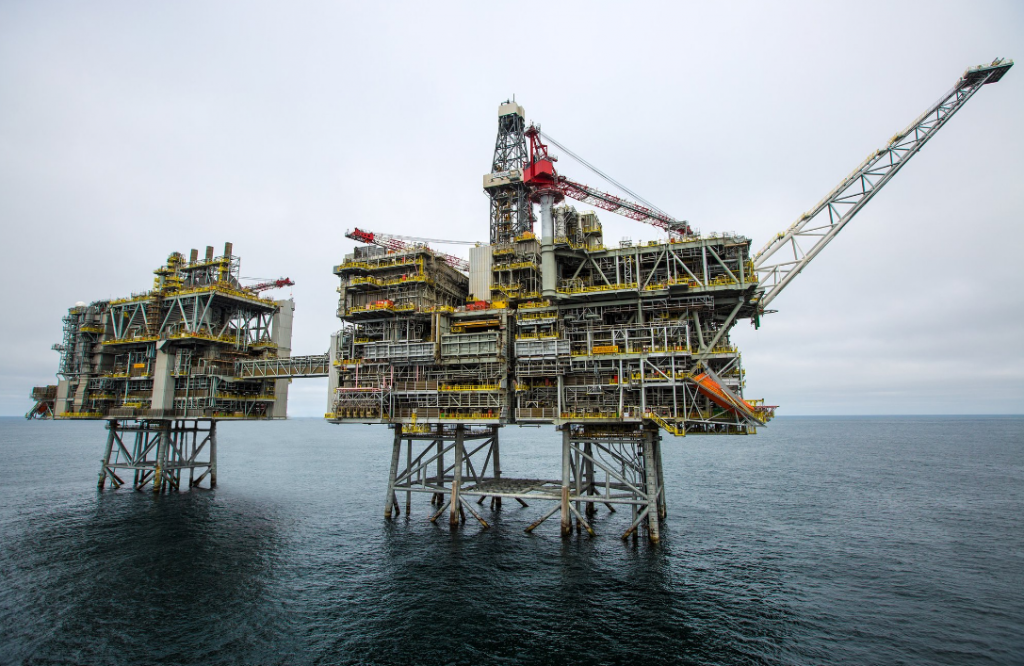
Employment in the North Sea industry will increase this year, according to new findings from Oil and Gas UK (OGUK), as the worst period of job losses is “behind us”.
The trade body’s new workforce report forecasts direct, indirect and induced employment will increase to 282,700, up from 280,000 in 2017.
It comes after workforce engagement manager Alix Thom told a Westminster committee in June the sector is facing a “possible shortage” in workers as industry activity picks up.
The report comes after total employment supported by the industry fell by 14% in 2017 as the downturn continued to be felt by the supply chain.
However, OGUK said today’s report showed the worst period of job losses has now passed.
Ms Thom, who is the report author, said: “Our report shows a stabilisation in the total employment supported by industry, returning to levels in line with the long-term trend before the peak in activity in 2014.
“This has not been without a personal cost to many, and the revised figures for 2017 show the scale of the downturn are even more severe than previously understood.
“The slight upturn forecast for 2018 suggests that the greatest period of rationalization is behind us.”
Despite this however, there have been a spate of job loss announcements recently, with cuts from Total following its acquisition of Maersk Oil, and ConocoPhilips which is axing 450 UK jobs.
BP is also cutting 3% of its upstream jobs globally.
The greatest period of rationalization is behind us.
The report shows the number of offshore workers under 30 years old has increased by more than 20% since 2016.
However, women represent just 3% of the offshore workforce, and 23% for the industry overall.
OGUK said the sector must build on efforts to “recruit and retain” a diverse range of new talent into the industry.
The trade body argued this will play an important role if the industry is to meet its Vision 2035 goal, which aims to see the sector generate £920bn of revenue for the UK economy over the next 17 years.
That would be done through additional 3-4bn barrels of production and increased turnover from the UK supply chain.
Ms Thom added: “It is encouraging that the number of offshore workers under the age of 30 continues to grow.
“However, with women representing 23 percent of the total workforce and three percent of those travelling offshore, industry must retain its focus on improving diversity and inclusion across the sector.”
West of Shetland has seen the largest growth in employment, with workers in the area more than doubling due to several major developments.
Meanwhile drilling is continually under pressure, with a 35% decline in drilling roles since 2014.
Ms Thom said: “Industry must maintain its focus on efficiency whilst securing badly needed investment in the basin to stimulate fresh activity.
“This sustainable approach is key to maintaining the workforce profile needed to deliver our long ambitions for the basin.
“As our report notes, advancements in technology will inevitably spell new ways of working, for example increased digitalisation could see a rise in offshore work being done remotely. It will be vital for the industry to understand the existing and future skill profiles in the workforce and proactively develop the talent required.
“It sets the platform for recruiting and retaining the people needed to deliver Vision 2035–a new intake of highly skilled, adaptable and creative talent, with the diversity needed to maximise economic recovery and identify supply chain opportunities at home and abroad.”
Recommended for you

